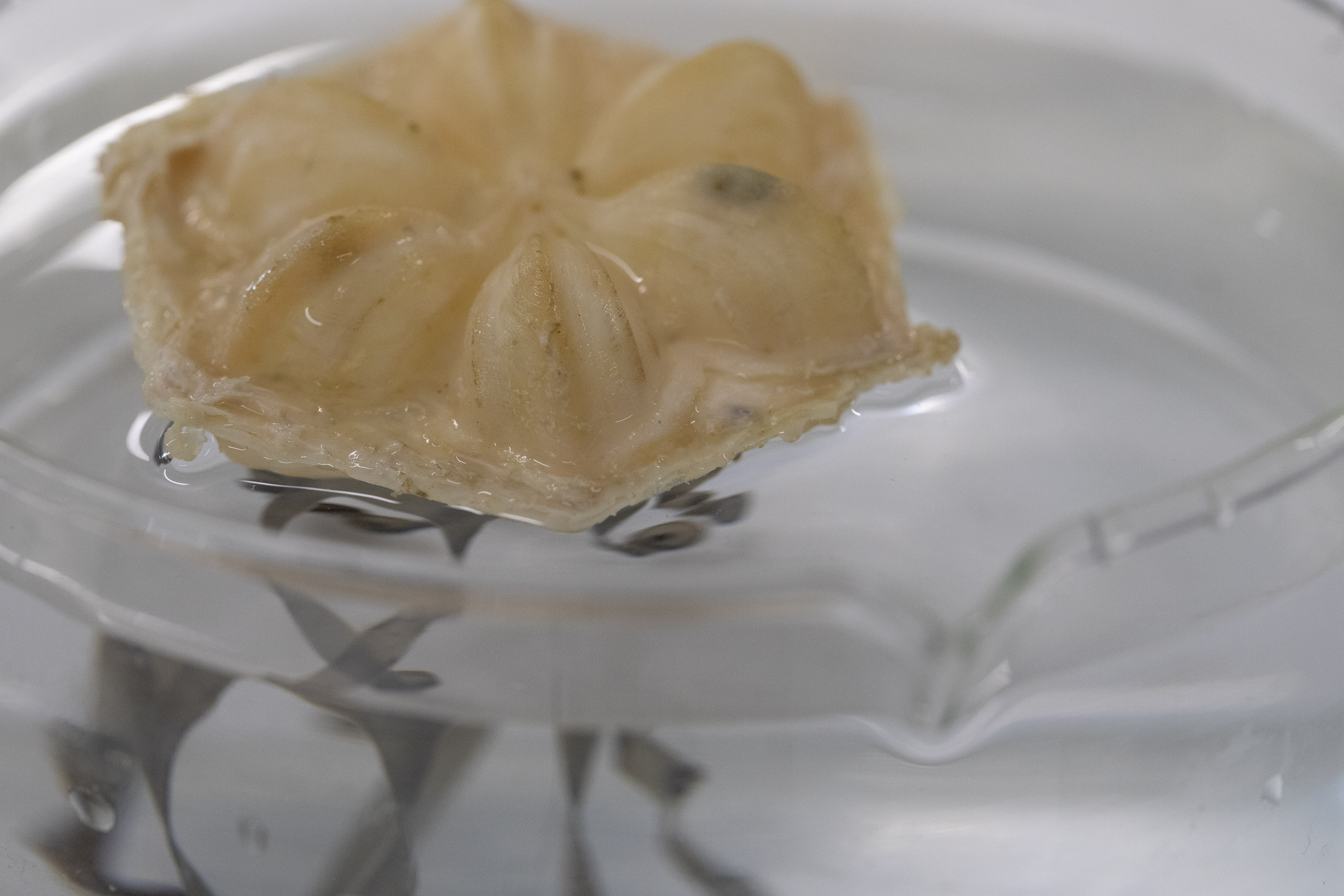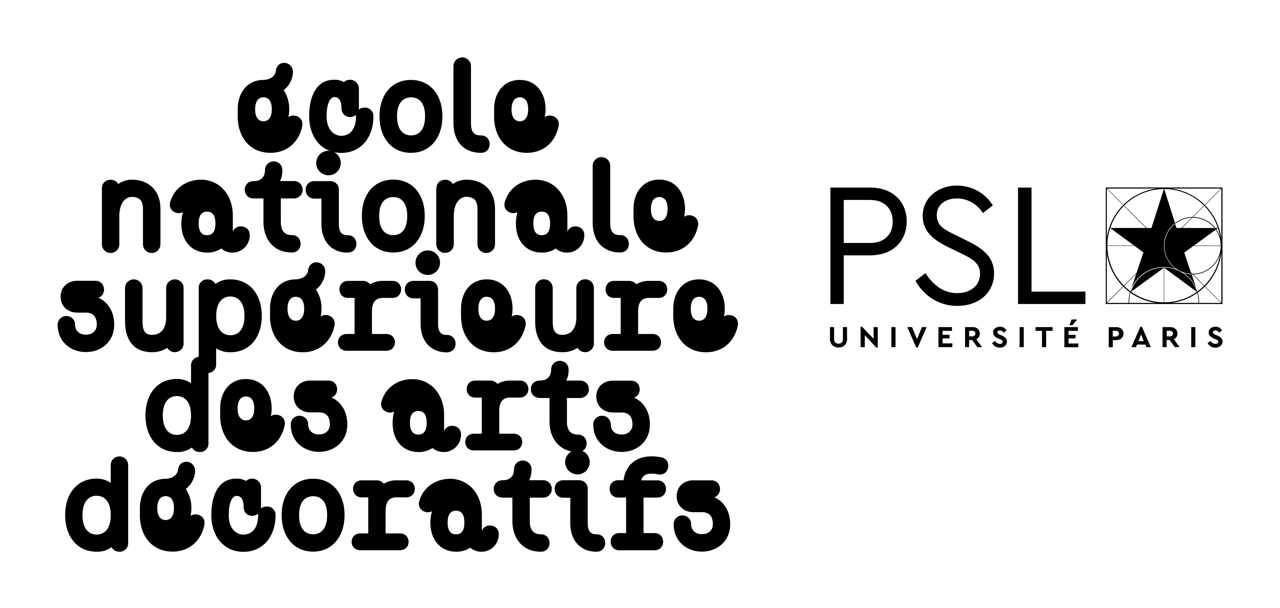Antoine Desjardins, 2019

A research-creation project hosted by Giancarlo Rizza with Antoine Desjardins, Laurent Karst, Simone Leantan.
This research-creation project was initiated during “Useful Fictions” a summer workshop organized by University of Californie Davis and The École Polytechnique, in this school on September 2019. The research-creation project “From print to animation” aimed to the manufacture / use / experimentation of articulated surfaces and soft magneto-reactive polymers that have the ability to reproduce natural behaviour. Folding plans and printing of flexible materials with ferrofluid or magnetite charged parts are used to study the movements induced by magnetic fields on familiar shapes borrowed from the organic in registers crossing the plant and the animal.
Bringing the dynamics of life into inanimate objects is the new field emerging from 3D printing technologies. This innovative mindset is also called “4D printing” and uses advanced materials that respond to the influence of external stimuli or energies to program the actions of a printed object. The running of this workshop aims at the manufacture / use / experimentation of articulated surfaces and soft magneto-reactive polymers that have the ability to reproduce natural behaviour.
2D flat structures of magnetite-sensitive articulated rigid materials are used to exploit the folding and unfolding processes of origami and kirigami, 3D printing of flexible materials with ferrofluid or magnetite charged parts is used to study the movements induced by magnetic fields on familiar shapes borrowed from the organic in registers crossing the plant and the animal. The objective of the workshop is to speculate on the possible short-term applications of such materials: what real environmental changes could be used to animate the 4D object and how could it physically react in response?
Credits:
This project is developed in the framework of a cooperation between the Laboratory of Irradiated Solid of École Polytechnic X and the Reflective Interaction Group of EnsadLab, the laboratory of Ecole nationale supérieure des Arts Décoratifs (EnsAD), PSL University, Paris. This project is supported by La Chaire arts & sciences of École Polytechnique, EnsAD – PSL, and the Daniel and Nina Carasso Foundation.
Participating graduate fellows: Nathanial Gilchrist, Jean Menezes
Thanks to: Aline Becq, Samuel Bianchini, Jean-Marc Chomaz, Gareth Paterson and Julie Sauret
